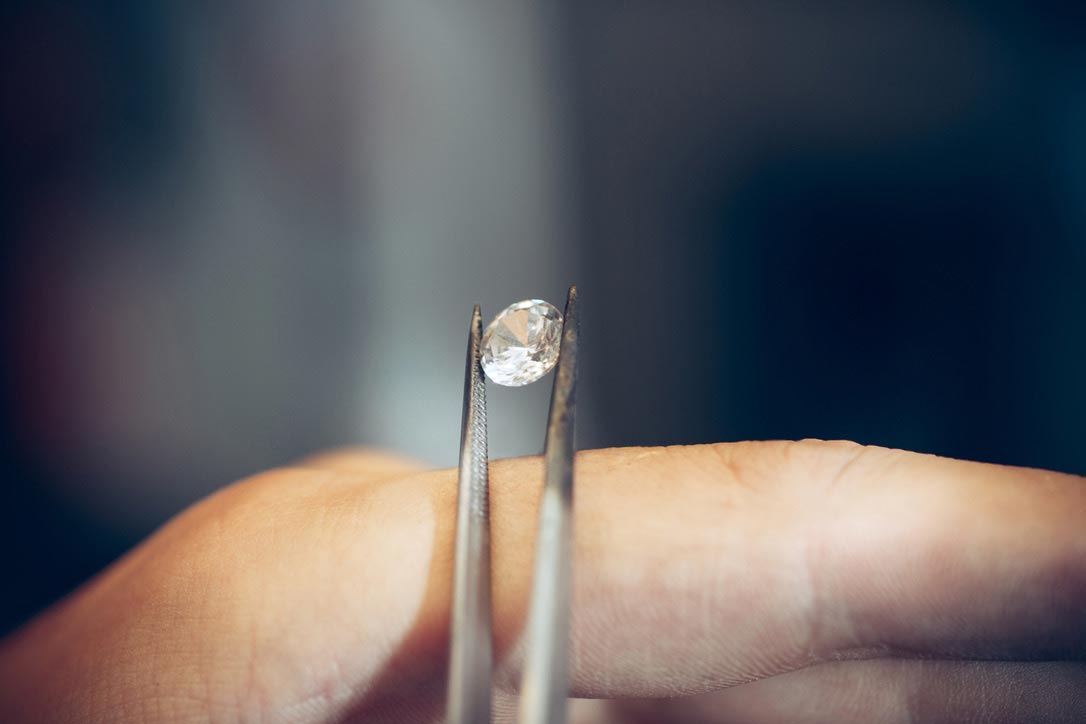
Synthetic diamonds or real ones? The debate has only just begun
Synthetic diamonds have been in vogue lately. As jewelry lovers we wanted to do a little research on it and draw comparisons between real diamonds and synthetic ones.
We have the idea that the synthetic diamond have become a real threat to the natural diamond, but how can you really compete with something that is a natural miracle? For us, lovers of brilli brilli, it is very important to reflect on the emotional value of the gems in our jewelry, and this is a subject that gives and will continue to be talked about for years to come.
- How to know if it is a natural or synthetic diamond? It is not easy to tell the difference with the human eye, not even with traditional methods such as magnifying glasses and microscopes. Lab-grown diamonds have essentially the same physical, chemical, and optical characteristics as their natural counterparts. To mimic the natural conditions necessary for carbon to turn into diamond, special machines are needed that are capable of producing natural-identical synthetic diamonds. . It is not easy to tell the difference with the human eye, not even with traditional methods such as magnifying glasses and microscopes. Lab-grown diamonds have essentially the same physical, chemical, and optical characteristics as their natural counterparts.
- Natural diamonds were created billions of years ago, deep within the Earth's core, and are of significant value. Artificial diamonds are created in a radically different way. They are grown from seed in state-of-the-art laboratories in a matter of weeks.
- Artificial diamonds are not necessarily cheaper than the real thing. Scientific advances have contributed to this change in the market, as they are producing brilliant and realistic alternatives to natural diamonds. But I think this will change. Over time, I think genuine diamonds will go up in value as emerging economies and rising living standards continue to fuel demand and open up new markets, particularly in Africa.
- Another surprising factor about lab-grown diamonds is that they are not as environmentally friendly as you might first think. Unless the lab uses renewable energy sources, a huge amount of electricity is needed to produce these crystals.
- Of course, the environmental impact of diamond mining and its history of unethical mining practices cannot be overlooked. Natural diamonds are mined from millions of tons of rock excavated from large open pits, primarily in Botswana, Canada, and Russia. Known as rough diamonds, these gems are polished and cut in Antwerp or India, before reaching jewelry stores, workshops and shops.
- Unlike blood diamonds from African civil wars, synthetics are non-conflict. This is an important difference and something that today's jewelry lover should be aware of when purchasing.
It is important that for this evolution to work, the end customer knows what they are buying and is aligned with their ethics.
The Diamonds created by mother earth will surely not disappear, their extraction will be less and less, that is obvious, but instead they will increase in value as the offer is reduced.
More and more brands will start with the use of synthetic diamonds in their jewelry and thus be able to align with the new generations, more aware against this type of practice.
jewelry in trend
The latest jewelry for women
2 colors available
1 color available
2 colors available

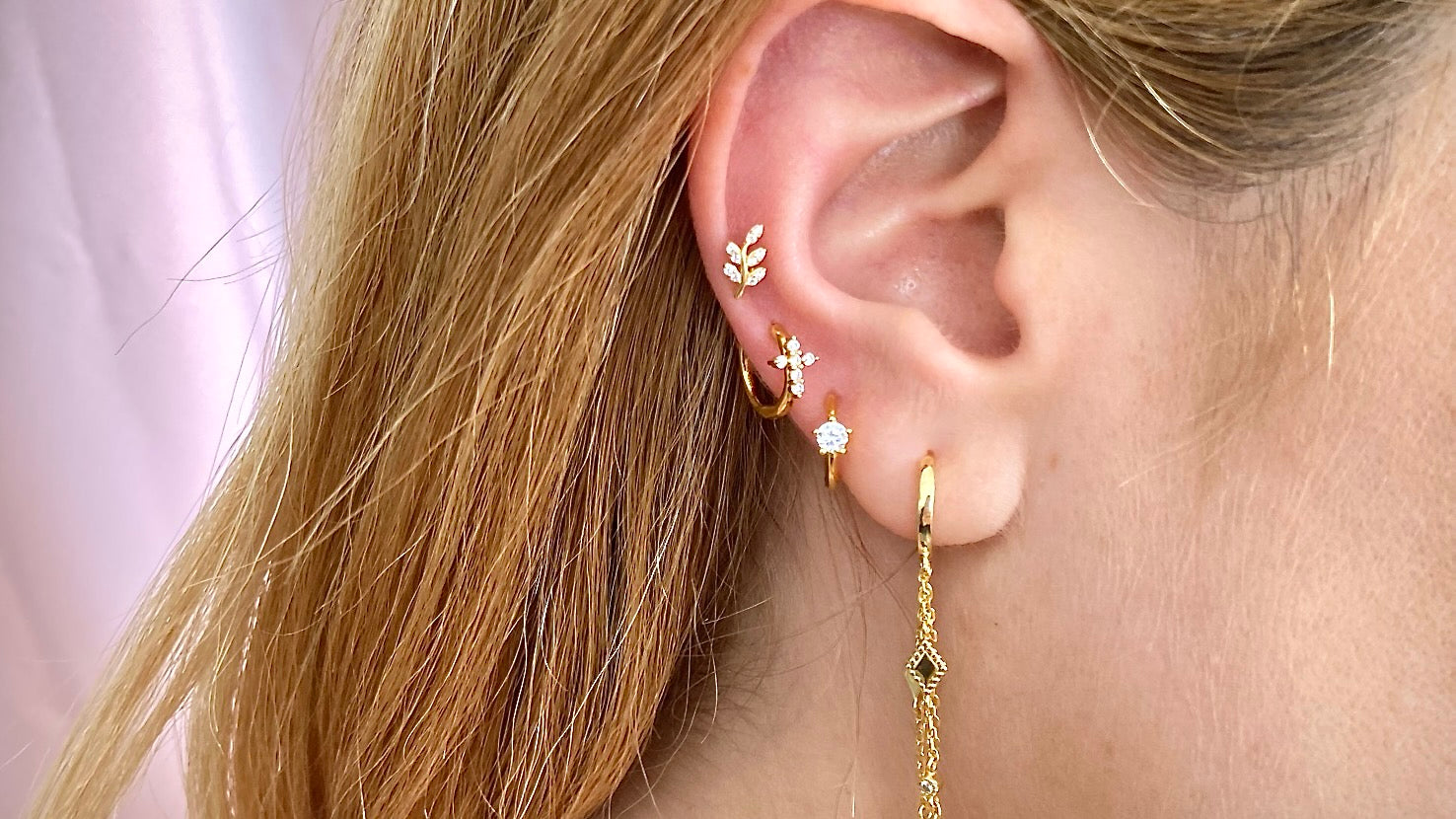
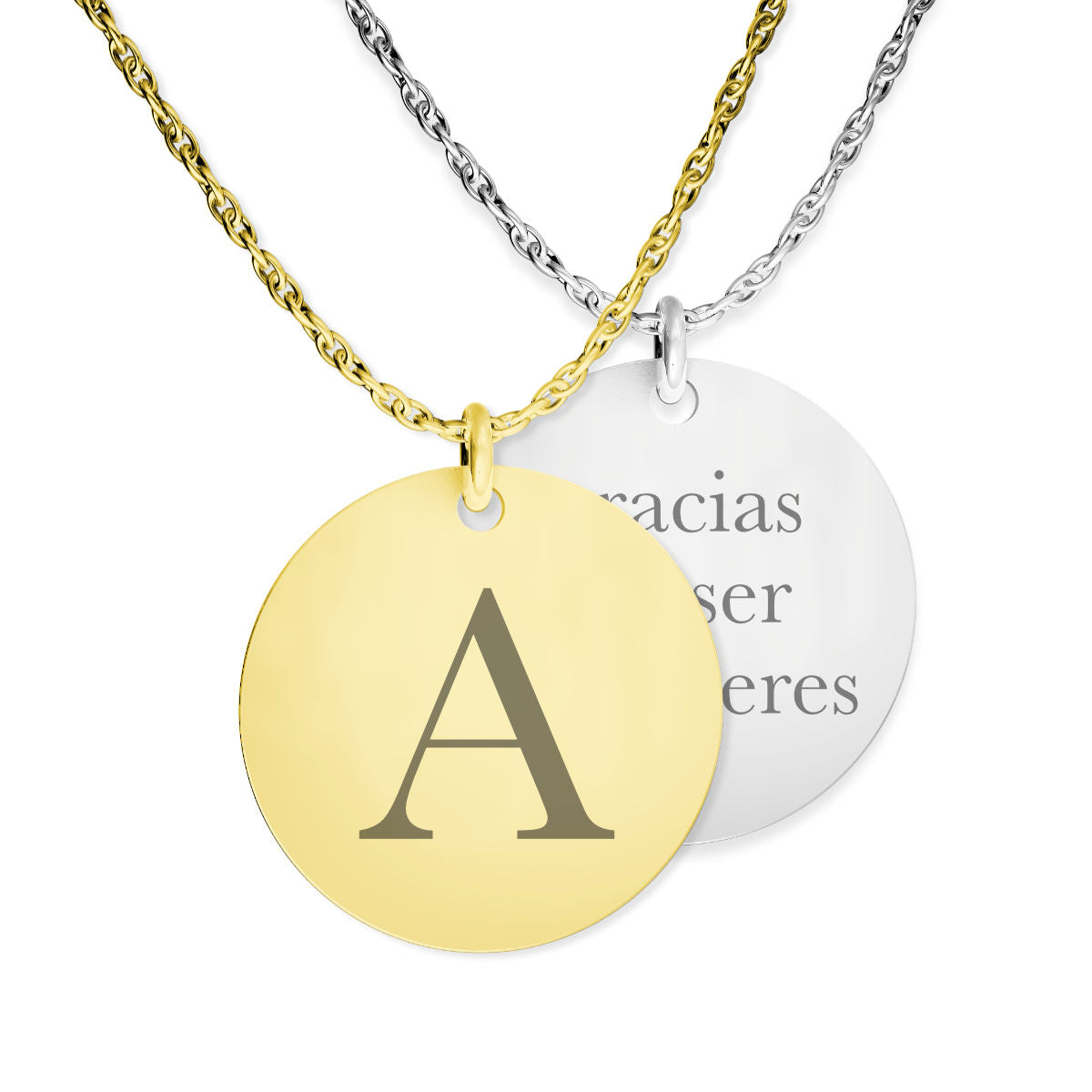




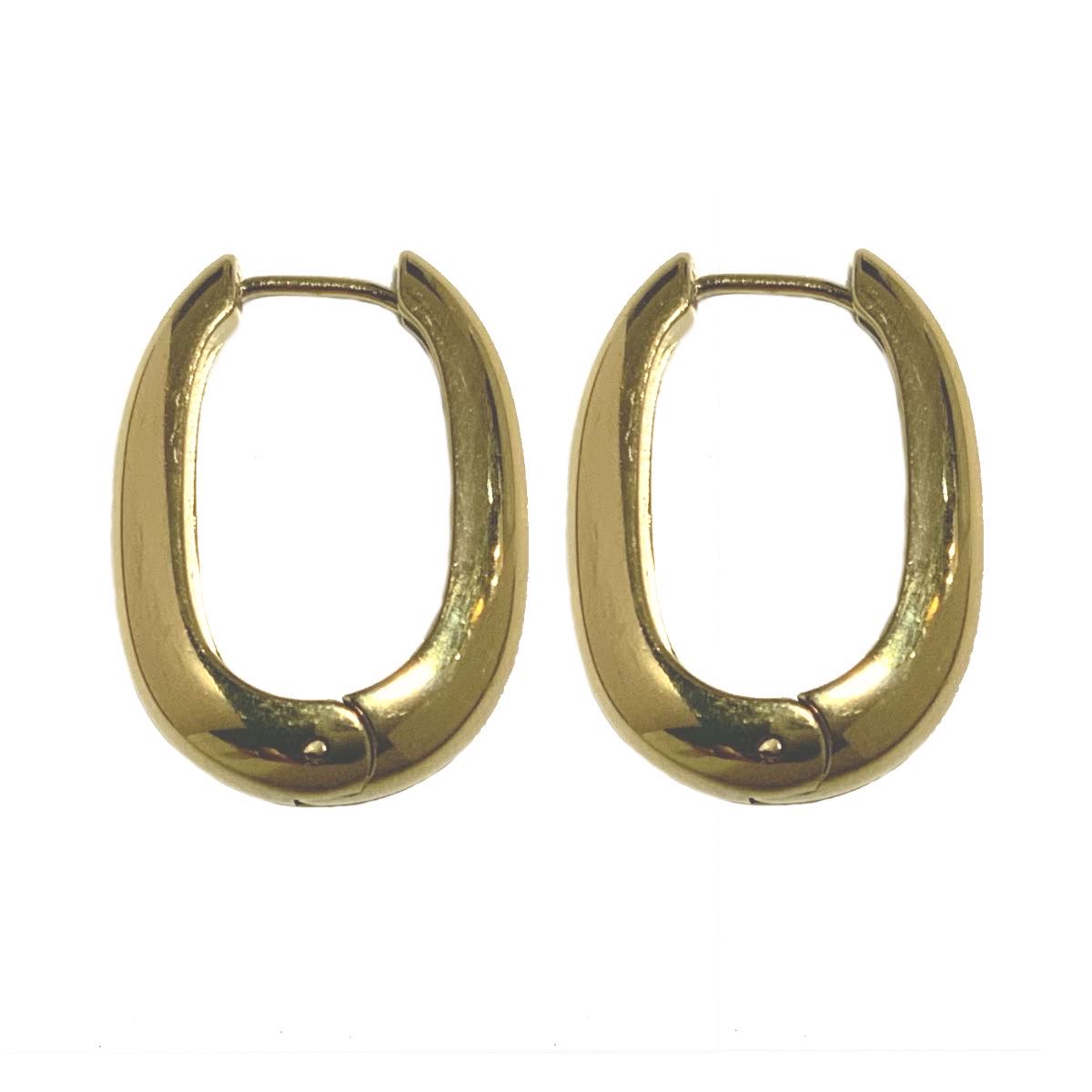




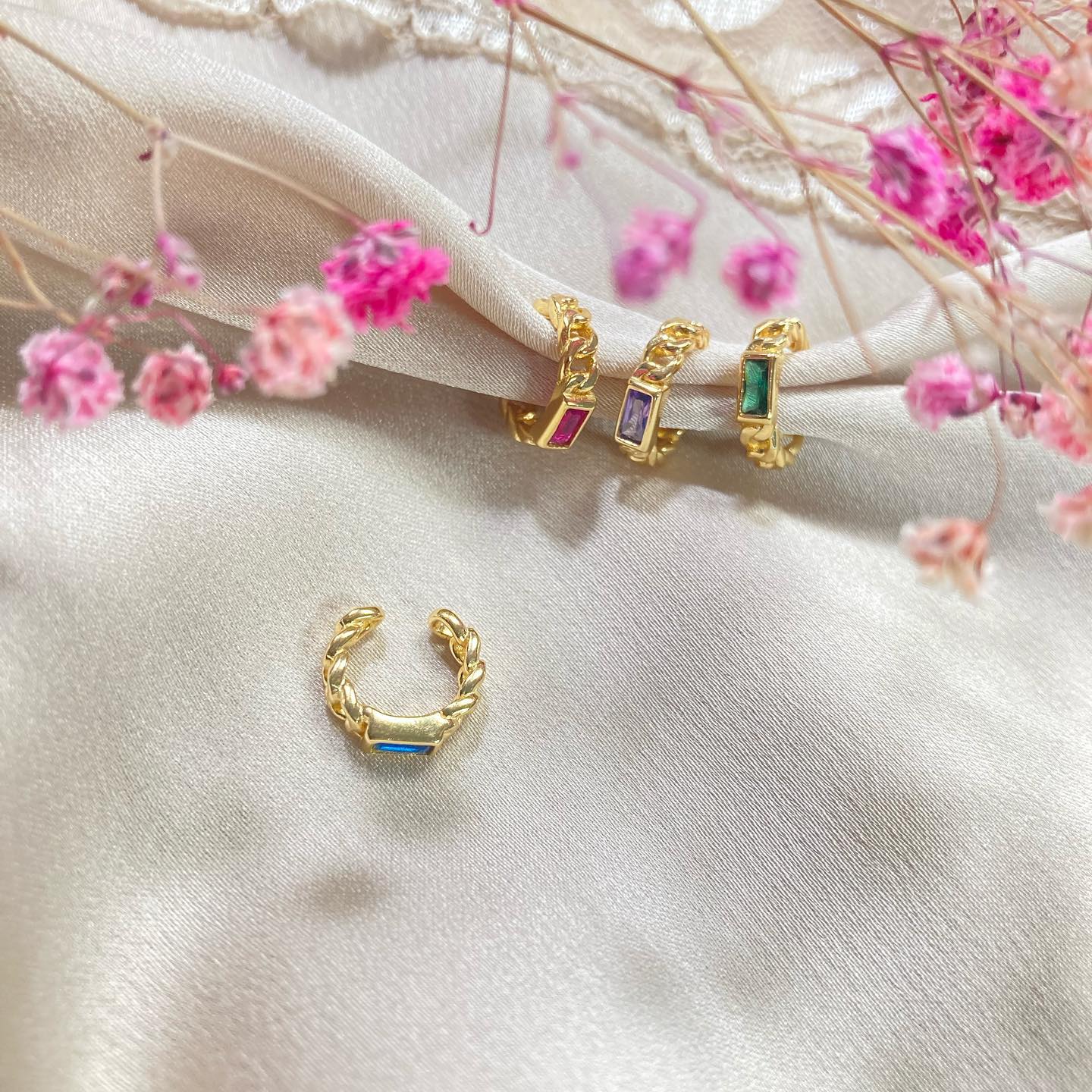

1 comment
Pie sobque los diamantes naturales sin bellísimos y acuñan años de formación intensiva con la madre tierra. Pero prefiero los sintéticos que no tienen historia muertes y sangre en su haber. Al fin y al cabo son tan caros y prohibitivos como los otros.
Miranda
Leave a comment
This site is protected by hCaptcha and the hCaptcha Privacy Policy and Terms of Service apply.